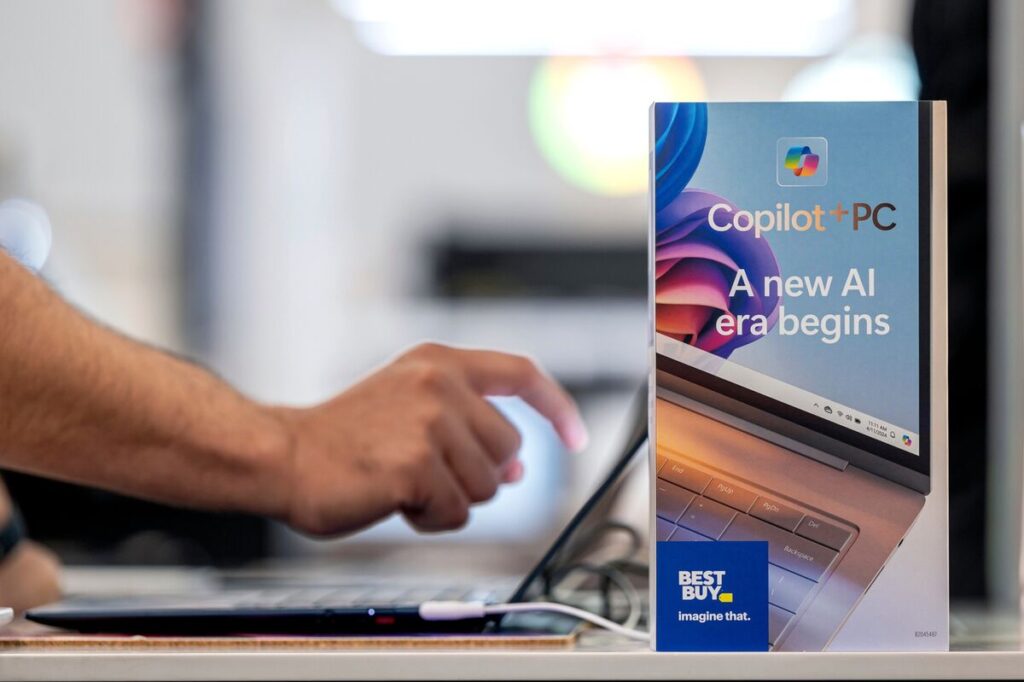Microsoft Corp. has recently announced a strategic partnership with Anthropic, integrating its artificial intelligence models into Microsoft’s Copilot-branded AI assistant. This move adds a significant layer of versatility and choice for business users who, until now, have predominantly relied on OpenAI’s capabilities. As small and medium business (SMB) leaders and automation specialists navigate this evolving landscape, it is essential to analyze the comparative strengths, weaknesses, costs, returns on investment (ROI), and scalability of these AI platforms.
In the realm of AI-driven tools, the partnerships that organizations like Microsoft foster can greatly influence their operational efficiency and business outcomes. The collaboration with Anthropic illustrates a noteworthy shift in Microsoft’s strategy. By allowing users to toggle between OpenAI and Anthropic models, Microsoft is not merely adding options but effectively enhancing the robustness and functionality of its AI tools.
OpenAI has established itself as a formidable player in the AI space, boasting powerful neural networks capable of extensive language processing and understanding. Its generative capabilities have enabled businesses to automate content creation, enhance customer interactions, and streamline data analysis. However, as powerful as OpenAI’s GPT models are, they come with considerations worth scrutinizing. The costs associated with these platforms can escalate rapidly, particularly for businesses that heavily rely on AI for everyday operations. Furthermore, while OpenAI has focused on creating versatile models, it has occasionally been critiqued for generating outputs that can lack specificity or relevance in niche business contexts.
Conversely, Anthropic’s approach centers around its commitment to safety and reliability, distinguishing itself in the crowded AI landscape. Its models are designed with a focus on reasoning and interpretability, which can offer SMB leaders a source of reassurance, particularly in industries where data compliance is critical. The integration of Anthropic’s technology could enhance the quality of outputs, especially in complex decision-making environments. However, Anthropic is relatively new compared to OpenAI, which could translate to a steeper learning curve for organizations trying to exploit its full potential. Additionally, the cost structures of using Anthropic models, while competitive, also warrant careful evaluation depending on the volume and nature of usage.
When comparing AI platforms, the choice between OpenAI and Anthropic may hinge on specific business requirements. For organizations prioritizing expansive capabilities, like content generation or advanced language understanding, OpenAI offers significant advantages. However, for businesses where reasoning and compliance play pivotal roles, Anthropic could present a more tailored solution.
The ROI from employing these AI tools can be substantial if implemented thoughtfully. Organizations must consider not just the direct financial implications, but also the qualitative benefits, such as improved employee productivity, enhanced customer satisfaction, and more informed decision-making processes. This deeper understanding of how AI tools translate to business impacts is critical for SMB leaders when evaluating the effectiveness of their investments.
In terms of scalability, an essential factor for SMBs, both OpenAI and Anthropic provide frameworks that can grow alongside businesses. OpenAI boasts a robust ecosystem with extensive integrations and a strong community of developers, allowing for scalable innovations that can meet evolving business needs. Meanwhile, the partnership with Microsoft ensures that Anthropic models can seamlessly integrate into existing Microsoft products. This aspect is crucial as it reduces the friction often associated with adopting new technologies and enhances the scalability of solutions across business functions.
Furthermore, the flexibility provided through Copilot’s toggling feature allows businesses to experiment with both models. This experimentation could lead to a deeper understanding of which model complements their specific operational intricacies. However, it also complicates decision-making; SMB leaders must be prepared to invest time in evaluating the effectiveness of different models in practice.
As the AI landscape continues to expand, it is imperative for SMB leaders to stay informed and agile. The integration of diverse AI capabilities, such as those offered by OpenAI and Anthropic through Microsoft’s platform, can provide enriched functionalities that cater to various operational needs. Nevertheless, leaders must remain vigilant regarding the costs involved and the specific use cases that delineate the strengths of each platform.
FlowMind AI Insight: The partnership between Microsoft and Anthropic emphasizes the critical importance of adaptability in AI strategy for SMBs. As organizations explore the potential of multiple AI models, the value of experimenting with diverse tools becomes clear—allowing them to not only optimize efficiency but also navigate the complexities inherent in today’s business environment.
Original article: Read here
2025-09-24 15:00:00

